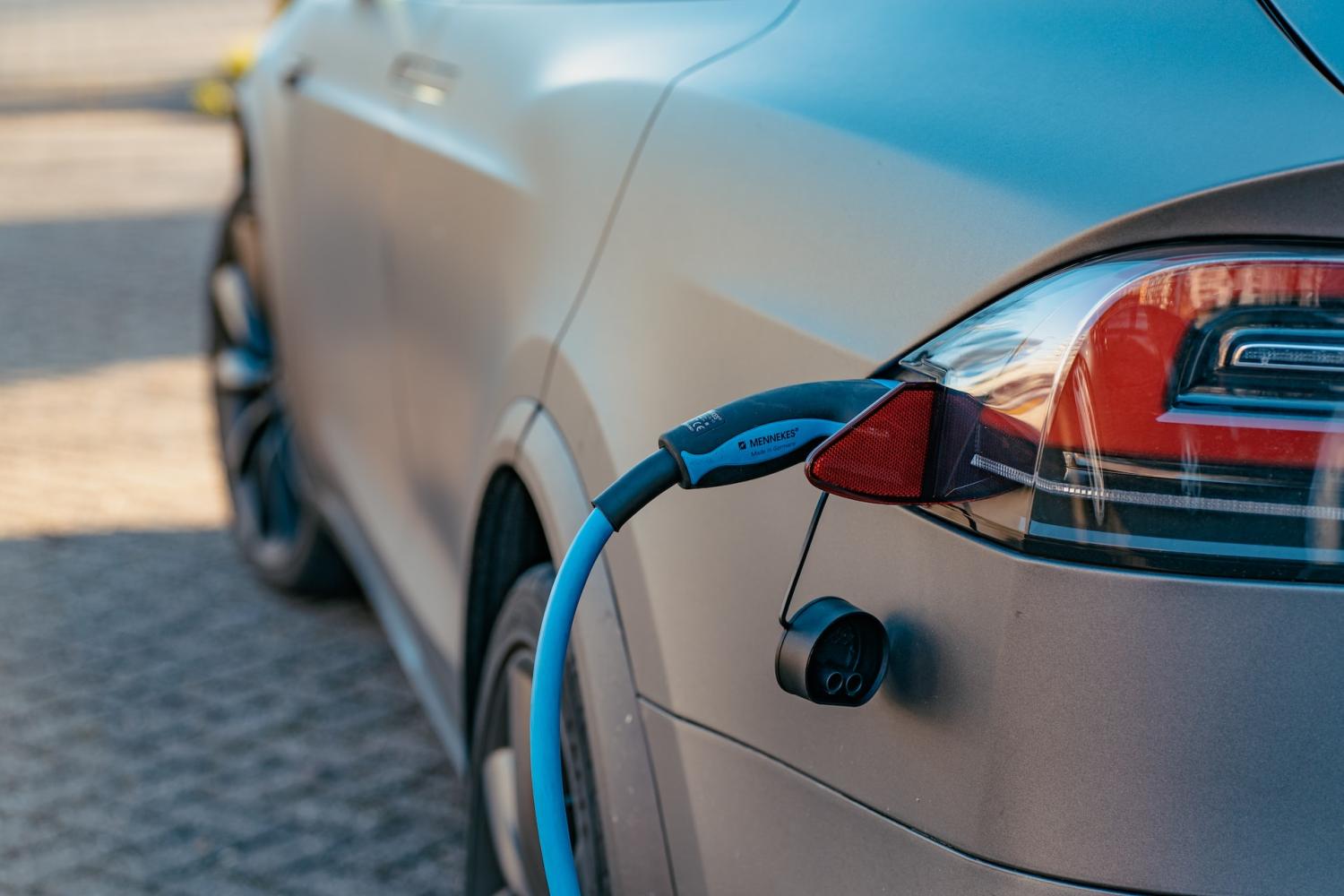California’s First Microgrid Community Powered By Solar and Battery

About one-fifth of greenhouse gas emissions in the U.S. come from fossil fuel residential energy use, like natural gas, oil and coal, which contributes to more frequent and severe weather events. According to the most recent U.S. Energy Information Administration data, from 2013 to 2020, the duration of blackouts caused by extreme weather and other events related to the climate crisis has tripled, reported PR Newswire. This makes the transition to renewable energy all the more important.
A new collection of Energy-Smart Connected Communities — more than 200 homes powered entirely by solar energy — are being built in Menifee, California, and are the first of their kind in the Golden State.
A $6.65 million grant from the Department of Energy helped fund the building of the homes.
The first of the homes in the project are located in Durango and Oak Shade and have the capability to charge an electric vehicle (EV), backup battery storage, and are connected to a community microgrid powered by one shared battery. This is useful to protect the homes’ power supply in case of an outage. When the sun is out it recharges the individual home and community batteries until the connection to the grid is up and running again, making the communities blackout-resistant.
“With this project we are taking a large leap toward creating communities from the ground up that are designed to produce sustainable and affordable energy and resiliency to the impacts of climate change on our grid,” said Matt Brost, vice president of Sales, New Homes, at SunPower, as PR Newswire reported.
Microgrids have traditionally been used for large commercial and industrial developments, reported Electrek. But with extreme weather causing most power outages in the U.S., and with the frequency of weather-related blackouts having gone up 78 percent in the past decade, building entirely electric homes that are reliant on solar power and have battery storage can lessen the strain.
“Working with industry and academic leaders, we plan to explore how these energy-smart connected communities can help protect the environment and turn our homes into their own power centers designed to deliver resiliency while also reducing the overall cost of long-term homeownership,” said KB Home’s Chief Executive Officer Jeffrey Mezger, as Business Wire reported.

Residents enrolled in a Virtual Power Plant program may be able to receive compensation when they allow their EV chargers, battery storage and other “flexible loads” to automatically dispatch to contribute to the electric grid, reported PR Newswire.
“This project represents the future by evolving the smart home into a smart, sustainable community addressing core energy challenges facing homeowners today, including power resiliency and rising utility costs,” said Richard Korthauer, senior vice president, Home and Distribution, Schneider Electric, as PR Newswire reported.

All 219 of the homes in the new Durango and Oak Shade communities will be built to meet the Department of Energy’s Zero Energy Ready Home criteria, which include Energy Star, WaterSense, and Indoor airPLUS. Each home comes with a solar system, a 13-kWh storage battery, high-efficiency appliances, flexible loads such as electric heat pump water heaters and HVAC systems and other smart technologies like Schneider Electric’s Square D Energy Center and Connected Wiring Devices.
All homes will be pre-wired to be smart electric vehicle (EV) charger ready, and some will demonstrate bidirectional charging. EV chargers will be available for purchase at the time of sale.
These communities offer a new vision for how individual homes interact with the electrical grid. Every home, while maintaining its regular service with local utility Southern California Edison, is designed to operate during an outage as part of a self-supporting microgrid, drawing energy from its own storage system as well as a large community battery.

Additional energy services allow residents to enroll in a virtual power plant (VPP) program through which their battery, EV chargers and other flexible loads will automatically dispatch to support the electric grid. Enrolled homeowners will be eligible for compensation for their participation in the program. UCI will also simulate the connected microgrids, analyze data from the VPP program, and collaborate with SCE to determine its effectiveness in supporting grid infrastructure.
“We are excited to partner with industry and academic leaders to bring these advanced technologies and energy solutions to our homeowners. The new KB homes at Oak Shade and Durango at Shadow Mountain will be the first in California to be equipped with smart technologies, a backup battery and microgrid connectivity. These will provide a self-supporting energy system with a community battery that powers the neighborhood,” said Dan Bridleman, senior VP of sustainability, technology and strategic sourcing for KB Home. “We look forward to conducting research to measure the energy efficiency and resiliency of our all-new energy-smart connected communities.”
“The new electric future is a home with safe, efficient and reliable power that meets our changing needs, without compromising our cost of living, sustainability goals or comfort.”

















.png)